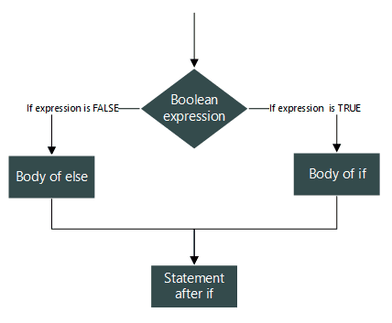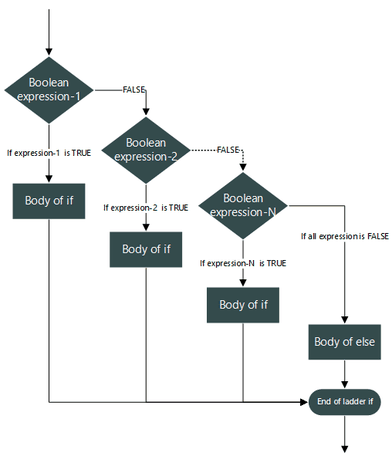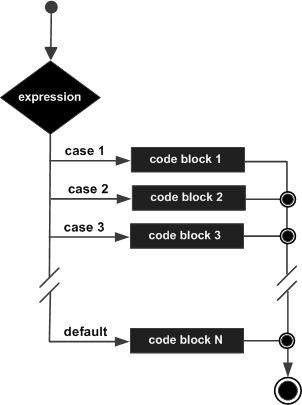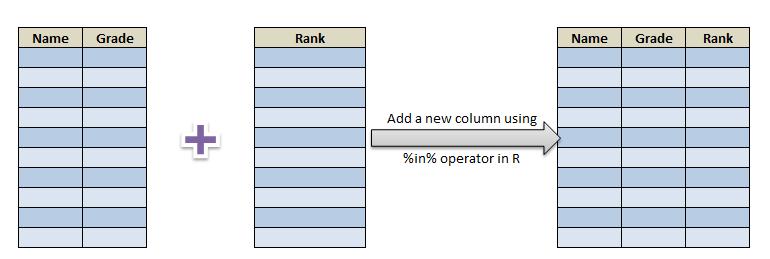If Else conditional statements are important part of any programming so as in R. In this tutorial we will have a look at how you can write a basic IF Else statement in R. We will look at an Examples of simple if condition in R. If else condition statement, Nested if else statement, Ifelse condition of R in a dataframe. If else statement take vector as input and output a resultant vector.along with that it can also take column of the dataframe as input and results as a new column of that dataframe.
- Example of simple If condition
- if else condition of a vector in R
- nested if else statement with examples
- If else condition of a dataframe column in R along with mutate() function.
R if statement
The syntax of R if statement is:
{
statement
}
If the expression is TRUE, the statement gets executed. But if it’s FALSE, nothing happens.
Example: if statement in R
x <- 10
if(x > 0)
{
print("This is Positive number")
}
Output
[1] “This is Positive number”
if else statement in R
The syntax of if…else statement in R is:
{
statement1
}
else
{
statement2
}
The else part is evaluated only when expression is FALSE.
Flow Chart :

x <- -10
if(x >= 0)
{
print("This is Non-negative number")
}
else
{
print("This is Negative number")
}
Output
[1] “This is Negative number”
Nested if else statement in R
In nested if… else statements we can impose as many else if conditions as we require
The syntax of nested if…else statement is:
{
statement1
}
else if (expression2)
{
statement2
}
else if (expression3)
{
statement3
}
else
statement4
Flow Chart :

Example of nested If Else statement in R
x <- 5
if (x < 0)
{
print("This is Negative number")
}
else if (x > 0)
{
print("This is Positive number")
}
else
print("This is Zero")
Output
[1] “This is Positive number”
If else condition of a dataframe column in R:
we can also apply, if else condition to the column of the dataframe in R. Lets see an example at first lets create a dataframe as shown below
### create a dataframe in R
df1 = data.frame(Name = c('George','Andrea', 'Micheal','Maggie','Ravi','Xien','Jalpa'), Grade_score=c(4,6,2,9,5,7,8), Mathematics_score=c(45,78,44,89,66,49,72), Science_score=c(56,52,45,88,33,90,47))
df1
so the resultant dataframe will be

Now, lets use ifelse statement along with the mutate() function to get whether the they have passed or not
### if else condition of dataframe column in R mutate(df1, Result = ifelse(Mathematics_score >= 50 & Science_score >= 50, "Pass", "Fail"))
so the resultant dataframe will Result = TRUE. If both Mathematics_score and Science_score greater than or equal to 50. If not its FALSE as shown below.

Multiple If else condition of a dataframe column in R:
we can also apply, multiple if else condition to the column of the dataframe in R. Lets see an example as shown below.
### multiple if else condition of dataframe column in R
mutate(df1, Science_Grade = ifelse(Science_score %in% 50:69, "D",
ifelse(Science_score %in% 70:79, "C",
ifelse(Science_score %in% 80:89, "B",
ifelse(Science_score %in% 90:99, "A", "F")))))
so the resultant dataframe will have grades assigned for science_score along with the mutate() function






